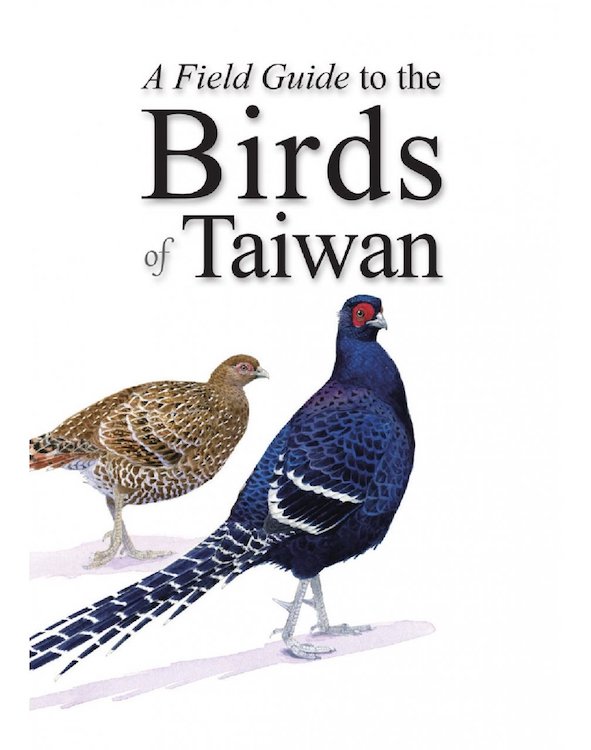A Field Guide to the Birds of Taiwan | By Mu-Chi Hsiao & Cheng-Lin Li (Translated by Jian-Long Wu) | Wild Bird Society Of Taipei | 2018 | Paperback | 416 Pages | 90 plates with colour illustrations, colour distribution map | ISBN: 9789860550191

The Publisher’s View: Covering over 670 species found in Taiwan and surrounding islets including 27 endemic species and 56 endemic subspecies, this new English edition of A Field Guide to the Birds of Taiwan features stunning artwork detailing seasonal, age, sexual, and subspecies differences in approximately 190 annotated colour plates, updated distribution maps, and concise but informative text dealing not only with identification but aspects of biology such as habitat, and voice. This new guide should be a valuable addition to any birder’s library.
Fatbirder View: Stunning! I’ve started with my overall appraisal as I wouldn’t want anyone to think that my more detailed opinion is negative… there have to be compromises when one walks the line between portability and depth but the right decisions have been made here. To pack in this many species in a volume that, while weighty, is certainly a fit for a large pocket, meant something had to give and it was text size. My old eyes struggle to read the ID features and other sections (I particularly welcome the ‘SS’ paragraph for similar species which as a field ID draws your attention to where the differences are). The maps are too small to be of much guidance, particularly as the odd decision has been made to show the range of the species covered that are vagrant or accidental… I don’t need to know where they come from, just where I might see them but without an intimate knowledge of Taiwan the tiny maps are not a lot of help and I would have preferred an expansion of the text size taking up that valuable space.There is definitely a case to be made for another version of this guide which would happily sit on a desktop… that way richer text and bigger maps could accompany the wonderful illustrations.
I was at first thrown by the illustrations as they seemed rather ‘soft’. The print of the book is more ‘eggshell’ than ‘gloss’ and it seemed the illustrations were slaved to this printing process but on my second look I realise that this is quite deliberate on the part of the artist. The ‘soft’ look is actually more real than sharper pen drawings as you almost feel the soft plumage and how, in life, colours and patterns gently blend where they meet. Unless you are looking at a bird bathed in the brightest light the muting of contrast colours is what you see and so these images are both real and yet exact aids to field identification.
I’ve spent most of my birding years wanting unfussy illustrations that let me concentrate on bird ID features without ‘impressionistic’ drawings or colour wash backgrounds. Yet this guide gives a hinted background of habitat that is almost subliminal in the information it portrays… you do not immediately notice that the background trees are conifers, or behind that scrub is a lake but the fact that a species is more likely found in those circumstances is subtly fed to you in a very digestible way.
This is a birders book giving us exactly what we need to be certain of what we see. For me this fieldguide has done for Taiwan what the Collins guide did for Europe and what Sibley has done for the US. This is among the best of the best and worth every penny of its cover price. I congratulate the authors and illustrators and 100% recommend it!
